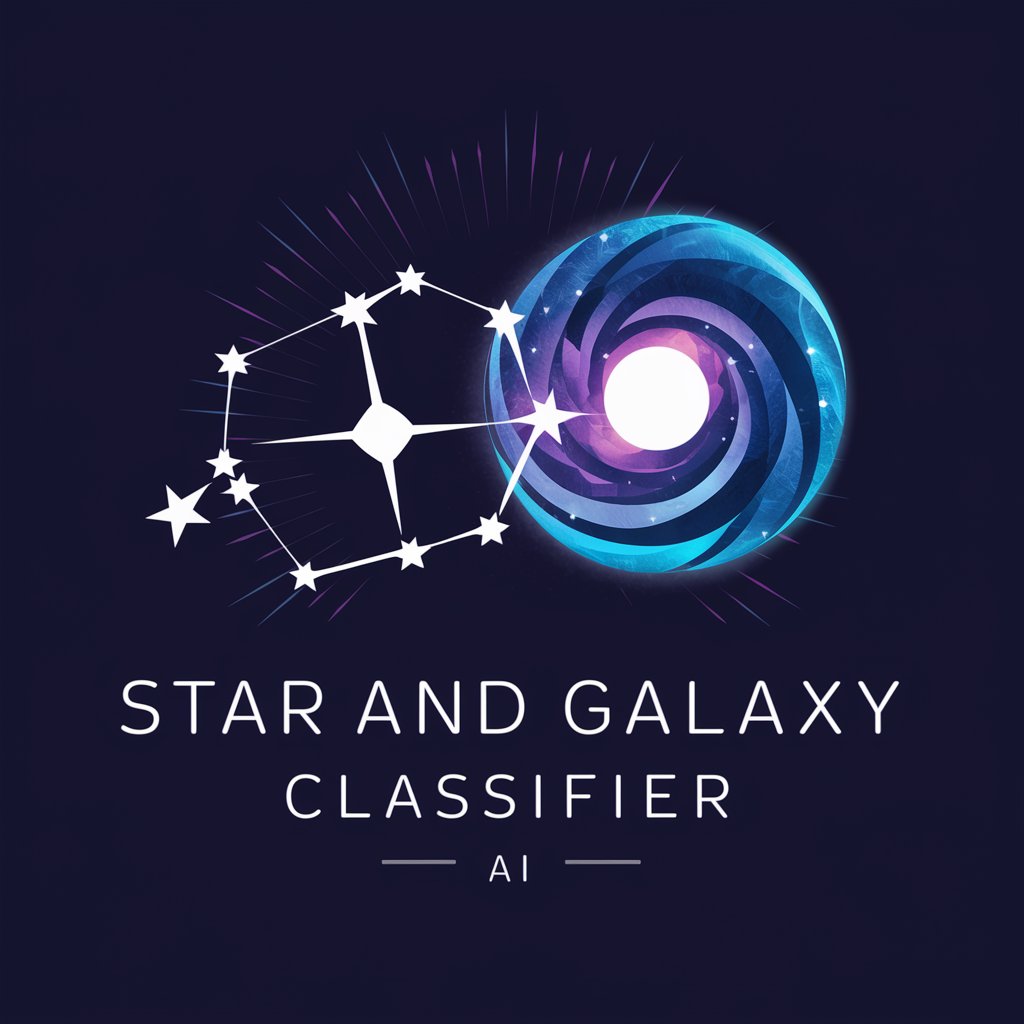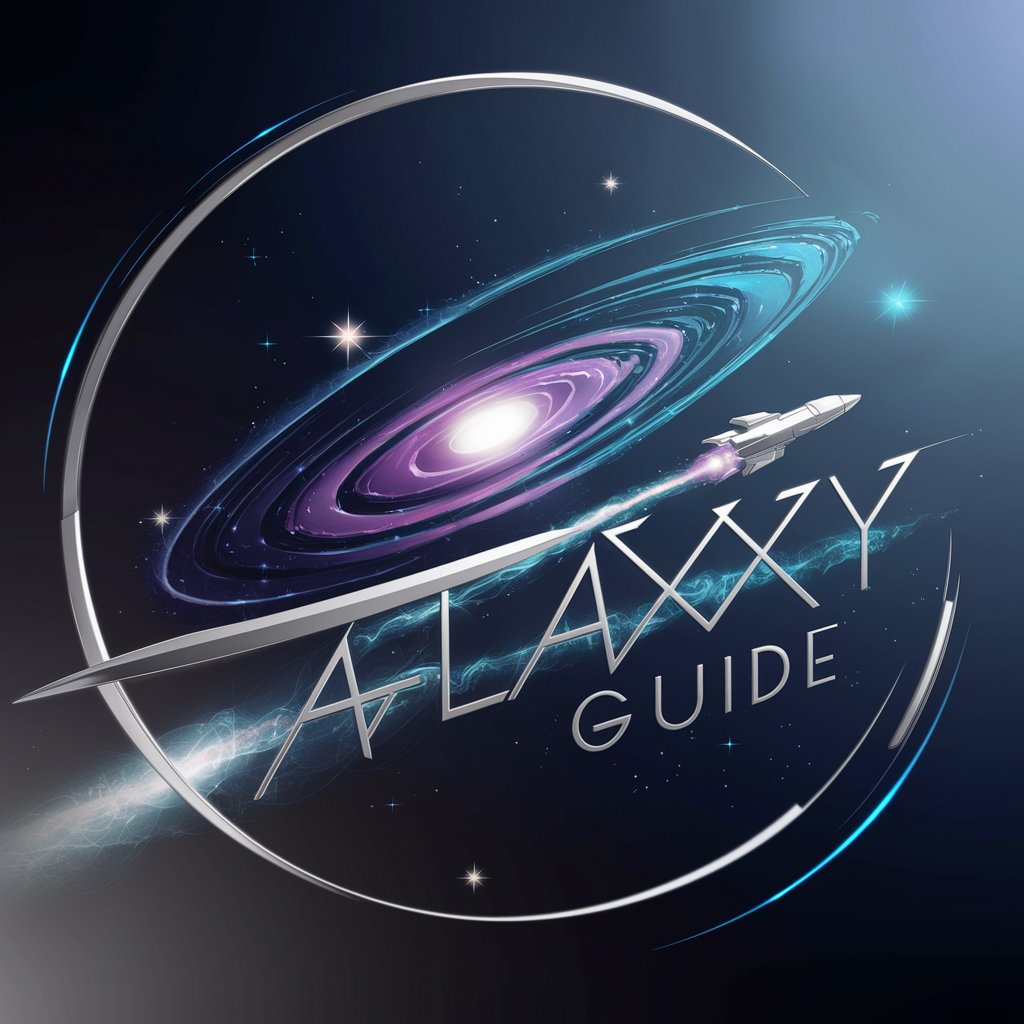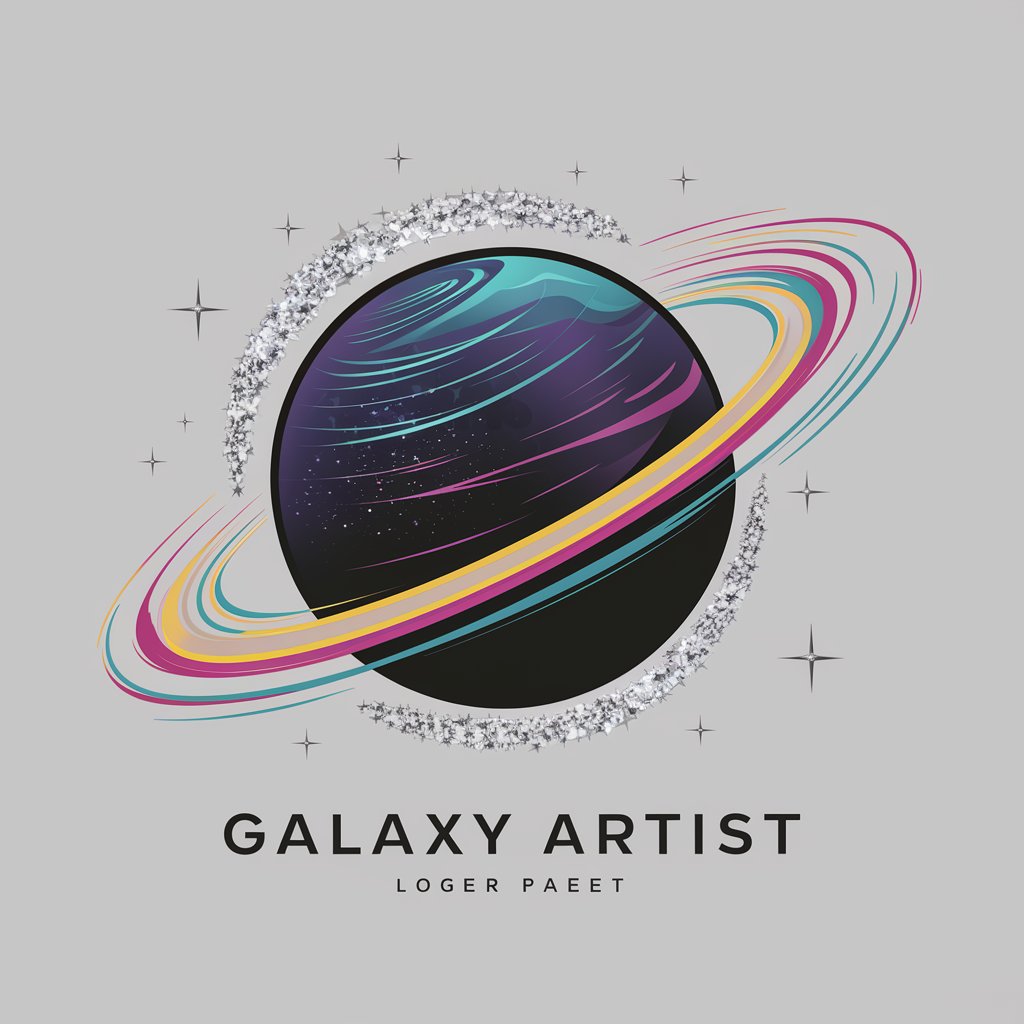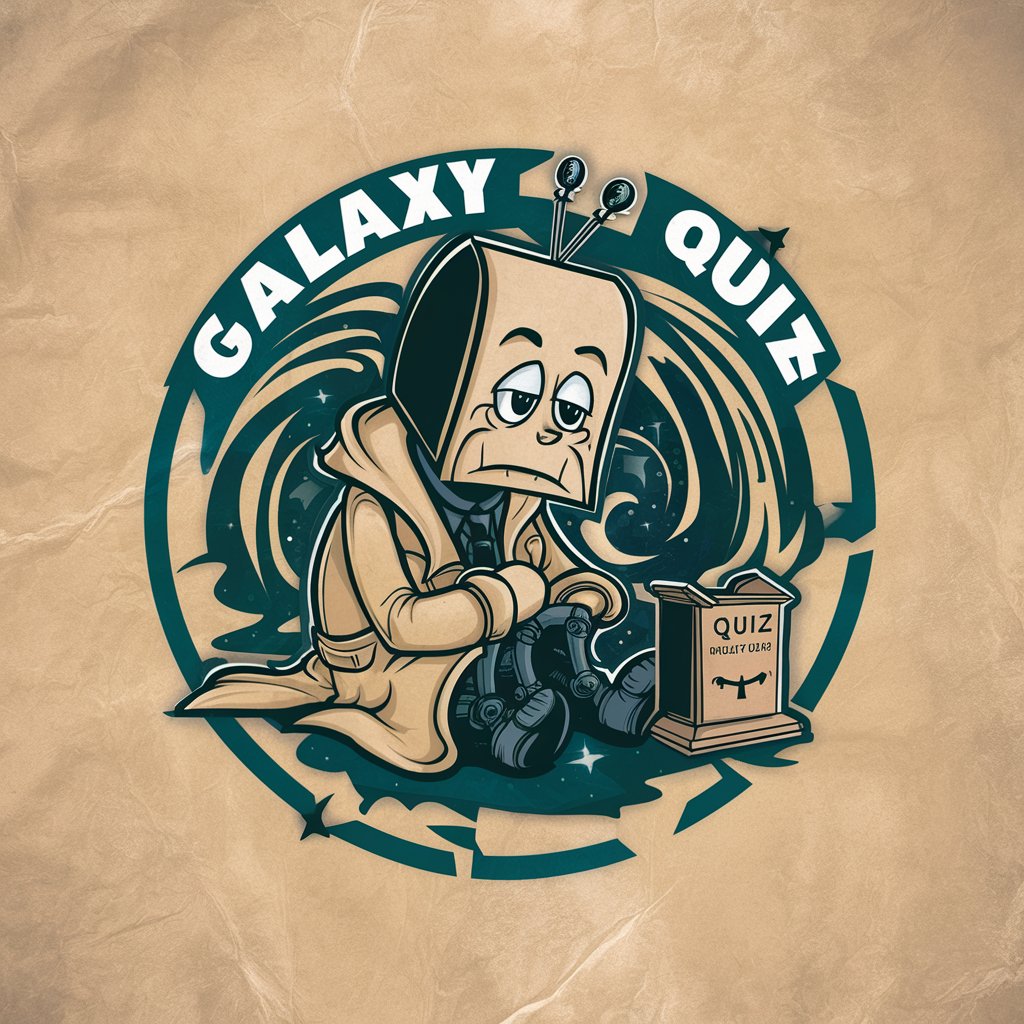Star and Galaxy Classifier - Star Classification AI

Hello! Ready to explore the cosmos?
Unlocking the cosmos with AI
Can you help me classify a star with spectral data showing...
What are the criteria for distinguishing between spiral and elliptical galaxies?
How do I interpret the emission lines in a star's spectrum?
What are the main characteristics of a quasar?
Get Embed Code
Overview of Star and Galaxy Classifier
The Star and Galaxy Classifier is designed to assist in the classification of stars, galaxies, and other celestial objects based on their spectral data and physical properties. Its primary role is to offer detailed, scientifically sound insights into the characteristics of these objects, facilitating a better understanding of their nature and the universe's structure. For example, by analyzing the spectral lines of a star, the Classifier can determine its composition, temperature, and age, assisting astronomers in studying star formation and evolution. Powered by ChatGPT-4o。

Core Functions of Star and Galaxy Classifier
Spectral Analysis
Example
Analyzing the spectrum of a star to determine its metallicity and surface temperature.
Scenario
In a scenario where an astronomer observes a star in a newly discovered cluster, the Classifier can use spectral analysis to infer the star's composition and classify it as a young, metal-rich star based on its emission and absorption lines.
Galaxy Classification
Example
Categorizing galaxies into spiral, elliptical, or irregular based on their morphology and spectral data.
Scenario
When observing a distant galaxy, the Classifier helps determine its type by analyzing its shape and the light spectrum. For instance, identifying a galaxy with a central bulge and spiral arms as a spiral galaxy, aiding in studies of galactic formation and evolution.
Estimation of Celestial Distances
Example
Using standard candles like Cepheid variables or supernovae to estimate the distance to galaxies.
Scenario
If researchers need to measure the distance to a galaxy cluster, the Classifier can apply the brightness of observed standard candles within the galaxy to calculate its distance accurately, which is crucial for mapping the universe's large-scale structure.
Target User Groups for Star and Galaxy Classifier
Academic Researchers
University professors and students in astronomy and astrophysics who require detailed analyses of celestial data for research, thesis projects, or academic publications.
Space Agencies
Organizations like NASA or ESA that engage in extensive celestial observations and need robust tools for analyzing and categorizing large volumes of data from space missions.
Amateur Astronomers
Enthusiasts who are keen on understanding more about the universe and require a tool that simplifies the complexities of astronomical data, allowing them to contribute to citizen science projects.

How to Use the Star and Galaxy Classifier
Start Here
Visit yeschat.ai for a trial, free and without the need to sign up for ChatGPT Plus.
Prepare Data
Gather your astronomical spectral data or images that you wish to analyze. Ensure that the data is in a supported format, typically FITS for spectral data or standard image formats for photographs.
Choose Analysis Type
Select the type of analysis you want to perform, whether it’s classification of stars, galaxies, or other celestial objects based on their spectral characteristics or visual properties.
Upload and Analyze
Upload your data to the platform. Use the provided tools to analyze the data, applying various filters and criteria to isolate features pertinent to your research or interest.
Review Results
Examine the output provided by the classifier. The system will categorize celestial objects and provide detailed descriptions of their characteristics and potential classifications.
Try other advanced and practical GPTs
Galaxy Craft
Crafting the Future with AI

Galaxy Guide
Navigate the cosmos with AI intelligence

College Navigator
AI-powered College Planning

College Soccer
Power Your Soccer Knowledge with AI

College Compass
Navigate Your College Journey with AI

College Compass
AI-powered college application guide

Bowie's Galaxy
Exploring the Starman's Universe with AI

Galaxy Artist
Crafting Imaginative Worlds with AI

Galaxy Report Explorer
AI-powered Insights for Galaxy Support

Galaxy Chat
Your AI-powered Samsung guide.

Galaxy Player One
Empowering your device's potential with AI

⭐GALAXY QUIZ⭐
Explore the cosmos with Marvin's wit.

Frequently Asked Questions about the Star and Galaxy Classifier
What types of celestial objects can the Star and Galaxy Classifier identify?
The tool can classify a wide range of celestial objects, including different types of stars (like main sequence, giants, and dwarfs), various galaxies (such as spiral, elliptical, and irregular), and other astronomical phenomena like nebulas and quasars based on their spectral data and imagery.
What data format does the classifier require?
The classifier primarily supports FITS files for spectral data, which is a common format used in astronomy for storing extensive data arrays, such as those from telescopes and observational instruments. For images, JPEG, PNG, and TIFF formats are acceptable.
Can I use this tool for educational purposes?
Absolutely. This classifier is an excellent resource for students and educators in astronomy, providing a practical tool for learning about and analyzing celestial bodies. It helps enhance understanding of astrophysical concepts through direct interaction with real astronomical data.
Is there a way to compare the spectral data of different stars?
Yes, the tool includes functionality to compare the spectral signatures of different stars, allowing users to observe and analyze variations and similarities between different star types or individual stars within the same category.
How accurate is the classification by this tool?
The classification accuracy depends on the quality and resolution of the input data. With high-quality spectral data or clear images, the classifier is highly effective, utilizing advanced algorithms to provide precise categorizations and detailed analysis.
